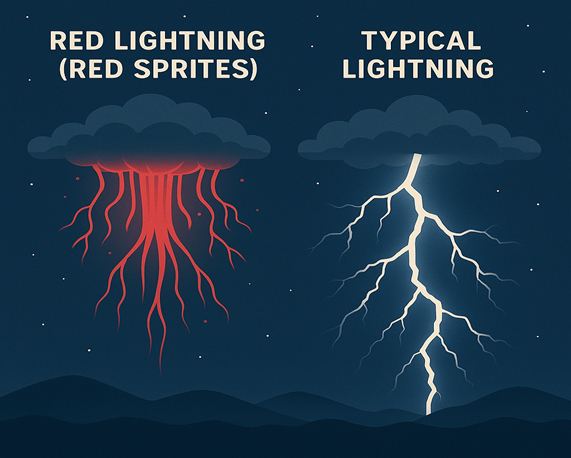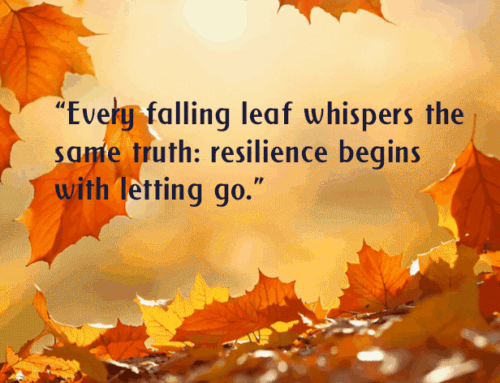So yesterday, I posted a short video of a crazy storm we recently had in Northern Kentucky. Being part of Dixie Alley, I’m used to seeing some whopper, scary storms. But this one was different – very different – for a couple of reasons.
First, there wasn’t any forecast for severe weather that day. But around 5:30 pm my phone issued a Tornado Warning Alert. A Warning. Not a tornado watch, not a severe thunderstorm watch or warning, but a tornado warning – which means tornadic rotation has been noted in the immediate area and people are advised to take shelter immediately.
At first, I thought this was a mistake or a test because the sky was clear, there was no rain, no wind, and no thunder or lightning. And in our part of Kentucky, tornadoes are almost always rain-wrapped in nasty, nasty thunderstorms. But then, my phone blows up again with a second tornado warning from Northern Kentucky University where I teach. So, I look at Marty who is sitting next to me on the sofa (we were watching intellectually stimulating YouTube videos about America’s best and brightest people getting arrested for doing exceedingly dumb things in Las Vegas), and I say to him, “I don’t think this tornado warning is a mistake. Maybe we should go downstairs to the tornado shelter.”
But that would have been the smart thing to do.
What we did (which was even more stupid than those previously mentioned folks in Las Vegas) was walk out to our front yard and look around for the coming tornado. We didn’t see anything…the sky was still calm and clear all around us, and there was no wind. So, we grabbed a few iced teas, put our feet up on the porch, and waited. However, around 10 minutes later, the sky turned a funky gray/black, the wind started to pick up, and the birds became eerily quiet (a sure sign that something ugly was coming our way). And that was when we heard the tornado sirens and saw the shelf cloud moving in with rotation in its lower clouds.
At that point, Marty and I finally came to our senses and decided to high-tail it downstairs to the tornado shelter in our basement. Thankfully, the funnel cloud passed overhead, never really touched down anywhere in our region, and with the exception of some downed tree limbs and lots of stuff being tossed around, no one was hurt.
But here’s the next weird thing that occurred during that storm: red lightning. Yep, honest to God red lightning. We saw a few flashes of it over our house (my brain of course went to thinking we were entering the Upside Down world of the show Stranger Things), but just east of us, friends tell me the sky was FULL of crazy red lightning flashes.
So, what is red lightning and why does it occur?

- “Red lightning” is an actual meteorological phenomenon, officially called, “red sprites”. They’re real, they’re rare, and they’re large-scale, high-altitude electrical discharges that occur above thunderstorms. They’re hard to spot and were only officially captured on camera in 1989. They are red in color because the air at high altitudes is thin and mostly composed of nitrogen and oxygen. When a lightning bolt creates an electrical field, it excites the nitrogen and oxygen molecules, and when these molecules release their energy, they do so in a form of light. Nitrogen’s energy emissions are seen as reddish-orange in the color spectrum, and that is why we see these bolts of energy as red.
- They’re not actually lightning bolts. Unlike regular lightning, which happens within or below storms, red sprites occur 30–55 miles above the Earth’s surface in the mesosphere.
- They’re often shaped like upside-down carrots or jellyfish with tentacles – see, I told you they reminded me of the Upside Down world. They also have the nickname, “jellyfish sprites.”
- They are caused by powerful lightning strikes and are triggered by positive cloud-to-ground lightning that carries a very strong electrical charge. The sprite appears milliseconds after the strike.
- They are not dangerous to humans on the ground. Since they happen far above normal air traffic and weather systems, sprites are harmless, but they are fascinating for scientists studying the upper atmosphere.
- They’re best seen from space or planes. Astronauts aboard the ISS (International Space Station) and high-altitude pilots sometimes report seeing red lightning above storms at night.
- They’re part of a larger family.
Red sprites are one type of transient luminous event (TLE). Others include:- Blue jets (shoot upward from storms)
- Elves (rapidly expanding rings)
- Gigantic jets (very rare)
- They don’t last long. Sprites are incredibly brief—usually lasting only a few milliseconds, but they can be up to 30 miles wide.
- They’re not fully understood.
Scientists are still investigating how and why sprites form. They might help us understand Earth’s electrical balance and space weather interactions.
So, that was the exciting thing that happened to me this week. Please share if you have ever seen red lightning (or better yet, if you were lucky enough to grab a photo of it).
But more importantly, please remember to be responsible in severe weather. Listen to weather alerts and seek shelter when warned to do so.
Have a great week and stay safe.
Pam








